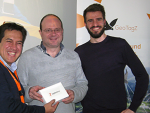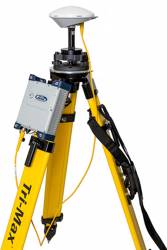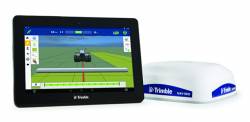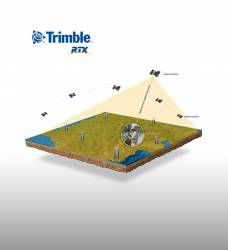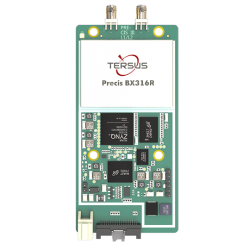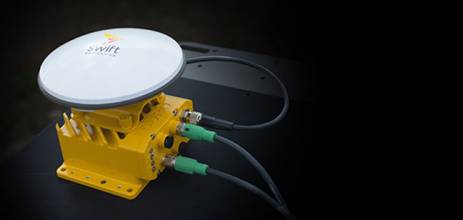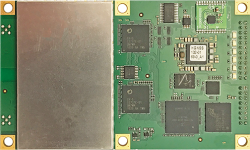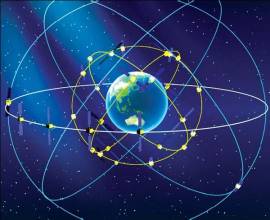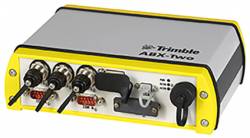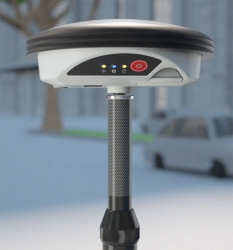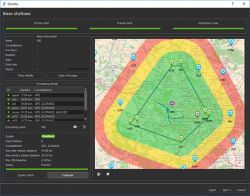Septentrio Honors KU Leuven Ecochallenge Team for Innovative Use of High Precision GNSS Positioning
 The KU Leuven Ecochallenge team. Photo source: Septentrio.
The KU Leuven Ecochallenge team. Photo source: Septentrio. Septentrio recently awarded the KU Leuven Ecochallenge team – the winners of the Galileo Masters (Flanders Challenge) of the European Satellite Navigation Competition (ESNC) – a special prize of an AsteRx-m UAS receiver for their proposal to use high-precision, high-reliability Galileo receivers to modernize inland waterway transport by introducing autonomous technology for the vessels.
By Inside GNSS
